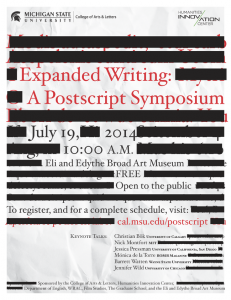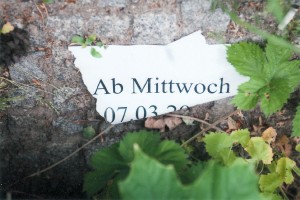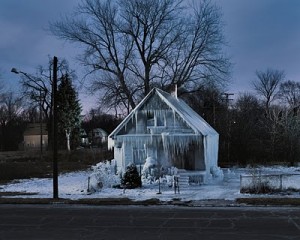Reflective sandboxing of software code within a machine built to parse it is seen in the case of a computer language like Java which must be compiled and then run as bytecode inside a special runtime environment, or, as with the language C, compiled and then run as “native” machine instructions, or with a simple mark-up language like HTML the specifications for which must be entirely designed into any browser destined to interpret and display it, or also with other interpreted code such as a three-dimensional model whose mathematical values for vertices and textures must be transcoded according to the rules of a given data format and given style of visual projection.
—Alexander Galloway, The Interface Effect (65)
The distinction between code as executable and language as interpretable has a basic horizon in the question of new meaning. Machinic encoding is not capable of making new meaning—only humans are. But caught in the web of mediated processes (as above), humans often fail to recognize the new—or attempt to transcode it in terms of earlier structures of interpretation. The example of the “failed mail art piece” will illustrate this. … More

















